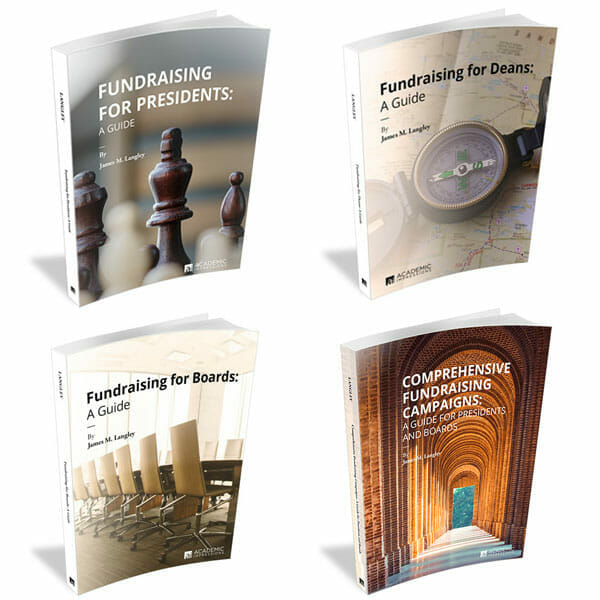
No matter what the size or budget of the advancement operation, there always seems to be more prospects than we have the time or resources to pursue. That’s why it’s important to focus whatever resources we have on our most promising prospects. The more time we spend with the truly philanthropic, the more our efforts will pay off.
While we have more research than ever before at our disposal, we gravitate too often to the allure of conspicuous consumption – those with grand homes in grand places – than to search for the far more likely prospect, the quiet, unassuming “millionaire next door.”
True philanthropists live below their means. They don’t allocate all their earnings to themselves or to maintaining a particular lifestyle. They believe that they are lucky, or privileged, or blessed to have what they have. And because they see themselves as beneficiaries of the American Way, or of the sacrifices of parents, or the generous mentoring of others, or God’s grace, they resolve to share their fortune with others.
However, they do not give out of gratitude alone. Gratitude creates a philanthropic heart but true philanthropists seek to make a definable difference in a particular area of human endeavor.
These quiet, values-driven, determined philanthropists are the real difference makers but they can be harder to find because of their unassuming nature and harder to engage in mid or late life because of their tendency to have been highly engaged since their youth and to be loyal to organizations over time. Yet, looking for these characteristics will help us find them:
- People of faith—any faith—give more than those who profess no strong attachments to a particular faith. Further, those who attend their chosen faith services more often, give more than those who attend less often.
- Similarly, those who have strong belief systems that manifest themselves in a concern for the plight of disadvantaged children, the state of the environment, the downward cycle of poverty, the failure of educational systems or any cause that seeks to improve those human condition, are far more likely to give.
- Volunteers—those who give more time and talent to a particular cause are far more likely to give more of their treasure to it. Therefore, the best way to find and tier our most promising prospects is not look at how they live but how they live out their values and how much time they devote to acting on their beliefs.
The best way to find such prospects is to search for these indicators and to engage prospects in an interview about what they hope to achieve and what, in their estimation, remains to be done as they live out their personal mission.
When we engage true philanthropists in this way, we create the potential of aligning our interests. We don’t seek merely to impress them with the good work being done by our college or university or to ask them to give to us for our own use; we propose ways of working together to achieve common ends. We don’t seek to compete with other organizations but to demonstrate how our college or university has the greatest capability to achieve what they believe is most important to creating a better world.
When we seek to identify these key characteristics in our prospect pools, we uncover true philanthropists, partners and advocates for our institutions who will have far more impact than other donors.
More from Jim Langley
Jim Langley is the author of a series of powerful fundraising guides for campus leaders: Fundraising for Presidents, Fundraising for Deans, Fundraising for Boards, and Comprehensive Fundraising Campaigns.

“This is is a treasure trove of great advice, forward-thinking reflections, and the tough, but much needed questions that presidents, boards, vice presidents and deans need to ask one another before embarking on a fundraising campaign.”
Matthew T. Lambert, Vice President for University Advancement, William & Mary


